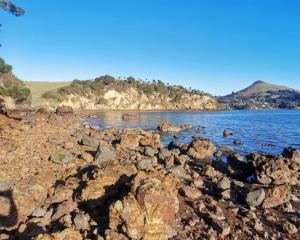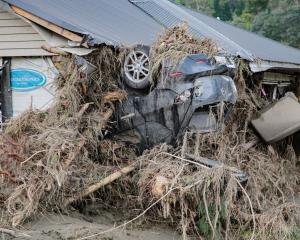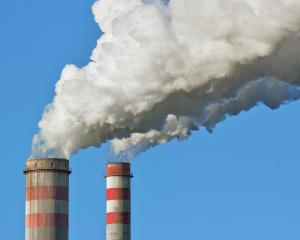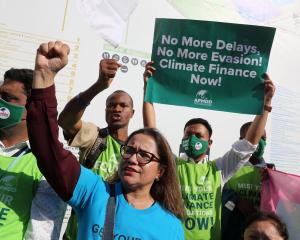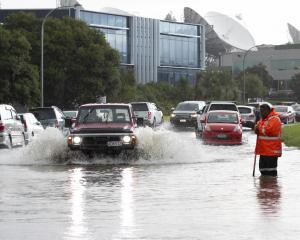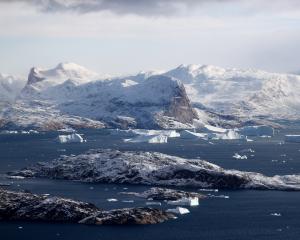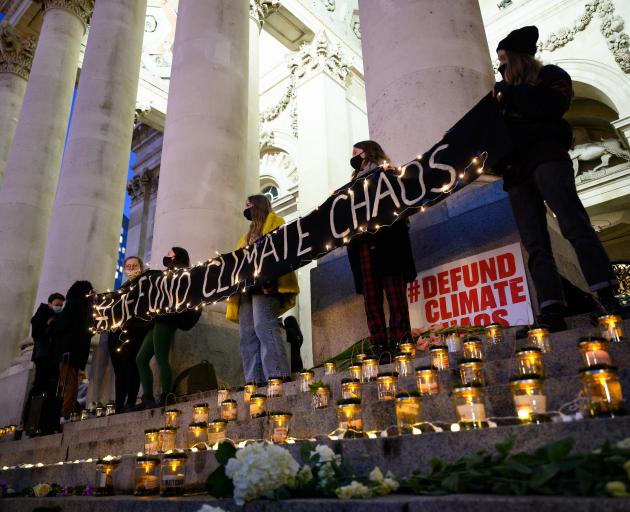
Sustainable Finance has grown in importance in the past few years. One manifestation of that is the Climate and Energy Finance Group (CEF), housed in the University of Otago’s Business School — a group of researchers and teachers in the area of sustainable finance.
It’s an area most people won’t know much about yet, neither what sustainable finance really means nor the transition of our financial system towards incorporating sustainability.
To me, what sustainable finance describes, essentially, is incorporating the risks, opportunities and impacts from and to environmental and social issues into our financial system, its policies and how we make financial decisions.
Most of the focus in the emerging sustainable finance trend so far has been on the environmental risks, particularly the future impacts that we face as a result of climate change. These risks are often broken into three categories: i) Physical risks, such as increased flooding, fires, droughts etc; ii) transition risks, such as fossil fuel power plants being replaced by cheaper renewable alternatives or government policies that render such assets unusable; iii) liability risks, from insurance claims and climate change litigation.
These risks also present a huge opportunity for innovation and new ways of investing. The annual investment needed to transition and adapt our global economy has been estimated at between $US1trillion and $US6trillion invested, per year.
I would argue that since the Paris agreement was signed, investors have been changing how they invest to avoid unnecessary risk, take advantage of the opportunities and meet investor demand for more conscionable investments. For example, in New Zealand, according to the Responsible Investment Association of Australasia, responsible investments grew from $111billion to $142billion between 2019 and 2020, now making up 43% of our country’s professionally managed assets. This trend can be seen globally, as almost half of assets under management now have at least some form of environmental, social and governance (ESG) policy within their investment decisions.
Policy makers globally and domestically have also enacted new sustainable and particularly climate finance policies.
One type of policy that has become quite popular globally is to create a price on emissions through either a carbon tax or an emissions trading scheme (ETS). New Zealand initiated the world’s second ETS, after the European Union, more than 10 years ago and has been refining the mechanisms and policies since.
I would argue there are still many improvements to be made, but the price for New Zealand emitters is getting closer to the cost those emissions have for society, although it still has a long way to go.
Another type of policy that is becoming popular is around climate disclosures. Here in New Zealand we are in the final stages of developing disclosure standards that mean our larger companies have to disclose the material risks they face from climate change and what they are doing to mitigate these.
In Europe they have gone even further and also require large companies to disclose how their actions affect climate change ambitions.
The last type of climate finance policy is what we call a taxonomy, which actually defines what economic activities can be labelled as green and/or sustainable. This then also allows policymakers to define what investment funds can be labelled in various categories of sustainability.
These types of policy packages by the European Union show the rest of the world the way forward to long-term sustainability and avoiding climate catastrophe.
I have covered just the basics of sustainable finance here, if you would like to learn more, this year the CEFGroup and the New Zealand Superannuation Fund have decided to make their annual event, the Assembly of Investment Chairs, open to anyone who wishes to attend, free of charge. So if you are interested you can find out more here: https://events.otago.ac.nz/2021aoic/
The CEFGroup is also running an introductory training course on sustainable investments, more information can be found here: https://blogs.otago.ac.nz/cefg/introduction-to-sustainable-investing/
For information around our leading research and teaching in this space please visit our website at: https://blogs.otago.ac.nz/cefg/
Lastly, I would encourage anyone with a concern for sustainability issues to take a look at how responsible their KiwiSaver and investment funds are, using the tools available at www.mindfulmoney.nz.
- Dr Sebastian Gehricke is a lecturer in finance and deputy-director of the Climate Energy Finance Group at the University of Otago. Each week in this column a writer addresses issues around sustainability.
Comments
Latest news from COP26 and the UN:
Climate on track to devastate world’s poorest economies: Study
Some 65 nations will see their GDP drop about 20 percent by 2050 if temperatures continue to rise, a new report released at the COP26 says.
The United Nations food agency has said that the number of people on the edge of famine across 43 countries had risen to 45 million, as acute hunger spikes around the world - climate change, covid 19 and conflict to blame.
Thinking of investing? Here is a list of New Zealand's worst emitters of greenhouse gas emissions:
Fonterra: 12.3 million tonnes
Z Energy: 7.5 million tonnes
Mobil: 4.2 million tonnes
BP: 4.2 million tonnes
Silver Fern Farms: 3.8 million tonnes
Alliance Group: 2.6 million tonnes
Affco: 2.6 million tonnes
Todd Energy: 2.4 million tonnes
OMV NZ Production: 1.5 million tonnes
Open Country Dairy: 1.4 million tonnes
Ravensdown: 1.3 million tonnes
Taken together, the top 10 biggest-emitting companies likely accounted for almost half the country’s greenhouse gas emissions, although ironically many of those emissions are not accounted for in the Emissions Trading Scheme.

